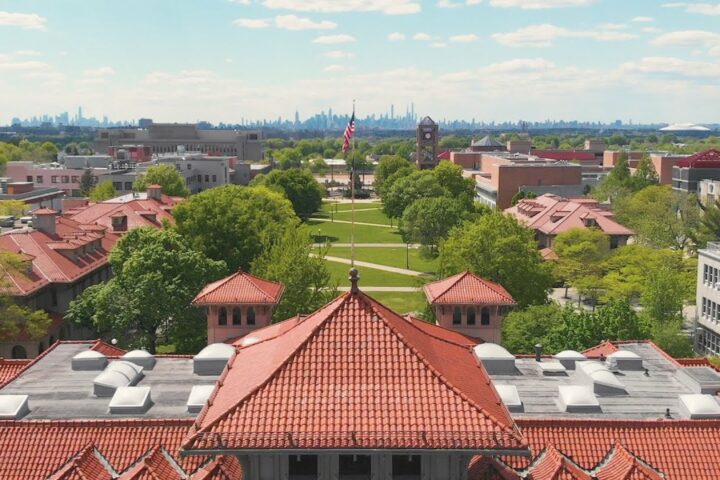On April 20th, the Mars Oxygen In-situ Resource Utilization Experiment (MOXIE) made history by successfully converting local carbon dioxide to oxygen on the surface of Mars and this experiment serves as an early proof of concept for larger-scale devices that scientists hope will someday support human exploration of the Red Planet.
MOXIE is just one element of a broad exploration of the Martian landscape being performed by NASA’s Mars Perseverance Rover. The rover landed on Mars on February 18th of 2021 and has a core mission of exploring the potential for life on Mars. Research priorities of the mission include searching for fossil evidence of past microbial life, locating subsurface water resources, and characterizing environmental conditions such as dust and wind that will impact human missions to Mars.
Designed in partnership with the Massachusetts Institute of Technology (MIT), MOXIE works by compressing and filtering Martian carbon dioxide for purity and then heating the carbon dioxide up to extreme temperatures that cause carbon to split from oxygen. More heat and a charge are then applied to the oxygen to merge the molecules into O2 (the form of oxygen required for breathing) and the carbon monoxide byproduct is released back into the atmosphere.
The first conversion by MOXIE yielded approximately five grams of O2, which would supply an astronaut with enough oxygen for a mere 10 minutes. NASA hopes to scale up the technology proven by MOXIE to be able to produce enough oxygen to support the biological needs of astronauts as well as propel a rocket to make the return trip from Mars (rockets designed on Earth consume oxygen during takeoff).
NASA estimates that a team of astronauts will need approximately one ton of oxygen to breathe for a one-year mission while propelling their craft from the surface of Mars to make the return trip will require approximately 25 tons. Trudy Kortes, the director of technology demonstrations within the Space Technology Mission Directorate, explained in a NASA press release that “This process allows us to convert these abundant materials into usable things: propellant, breathable air, or, combined with hydrogen, water”. The reasoning behind this is that transporting a one-ton oxygen converter that relies on Martian carbon dioxide is logistically advantageous over transporting many more tons of oxygen from Earth.
The next steps for MOXIE include running repeated and more complex experiments. The first phase of experiments will evaluate the function of the instrument itself, the second phase will look at the effects of atmospheric conditions on the instrument, and the third phase will test the limits of the instrument by messing with variables such as temperature and settings. NASA expects MOXIE to perform carbon dioxide conversion at least nine more times in the next two Earth years.
This mission demonstrates the incredible feats that can be achieved with some scientific collaboration and innovation. While we are unlikely to be able to book a vacation to the Red Planet anytime soon, exploration and experimentation by the Perseverance and MOXIE bring us one step closer to making science fiction a reality.











